In researching my book on the Great Uighur Empire, I ran across the “Book of Manu” as a historical reference placing the Uighur people around the shores of the Caspian Sea in the 1931 Children of Mu (page 220.) Digging a little deeper, the Laws of Manu, also known as the Book of Manu, the Manava Dharma Sastra, or the Manusmriti, is an ancient book of the laws guiding social and religious life in 2nd and 3rd century BCE India.
In the 1926 Lost Continent of Mu Motherland of Men, James Churchward mentions the Manava Dharma Sastra and cites it three times (although he misspells it Dharma Lastra once.) Two mentions are almost direct quotations from Augustus LePlongeon’s 1896 Queen Moo and the Egyptian Sphinx (see Lifting the Veil on the Lost Continent of My Motherland of Men [Appendix 2 page 20].) The third mention is:
“Manava Dharma Sastra, a Hindu book, refers to the Serpent as the Creator.”
I actually found one occurrence of the word “serpent’ in one of the 2684 verses.
A twice-born man, who is unable to atone by gifts for the slaughter of a serpent and the other (creatures mentioned), shall perform for each of them, a Krikkhra (penance) in order to remove his guilt.
Chapter 11 Verse 140, (http://sacred-texts.com/hin/manu/manu11.htm)
Obviously, James did not reference this passage or the word “serpent” as his proof.
On the other hand, both the Manava Dharma Sastra and James do mention Narayana. James identifies Narayana as “The Seven Headed Serpent, the symbol of the Creator and Creation” and provides illustrations.
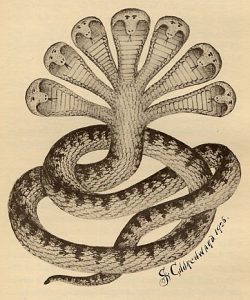
Narayana, The Seven Headed Serpent. The symbol of the Creator and Creation
Nara means the Divine One; Yana – creator of all things; Naacals – seven superlative intellects; Vendanta – seven mental planes
So to James, Narayana, his seven-headed serpent, was the creator and provides support for his statement that the Manava Dharma Sastra referred to the serpent as creator.
Examining the Buhler translation of the Manava Dharma Shastra, the following passage speaking of Narayana:
“The waters are called narah, (for) the waters are, indeed, the offspring of Nara; as they were his first residence (ayana), he thence is named Narayana.”
Chapter 1 Verse 10, (http://sacred-texts.com/hin/manu/manu01.htm)
Further investigation indicates Narayana is another name for Lord Vishnu, the absolute being in Hinduism.
If we are searching for the truth about James’ writings, we would need to acknowledge his errors such as the wrong translation of the name of Narayana, the replacement of Lord Vishnu with a seven-headed serpent, and that the Manava Dharma Sastra does not refer to the serpent as the creator.
As far as the historical reference which opened this discussion, the idea the Book of Manu is a history book recording the presence of the Uighur around the Caspian Sea is false. The Laws of Manu is a compilation of rules and regulations. It is not a history book and does not record the presence of Uighur settlements around the Caspian Sea.
Have a great day

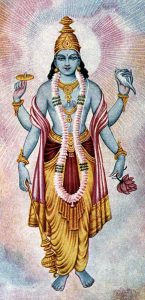

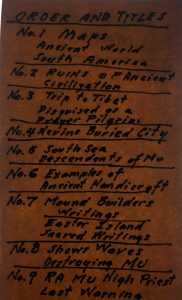
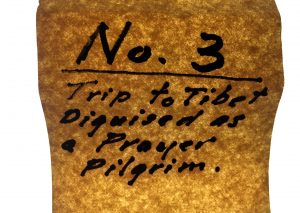
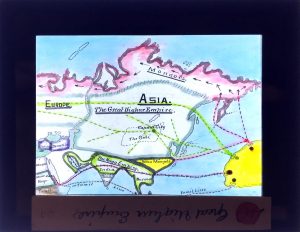
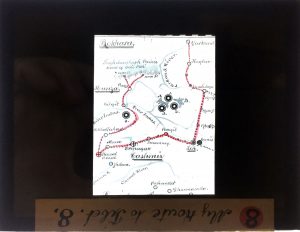
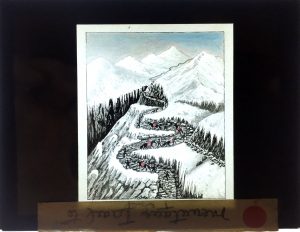

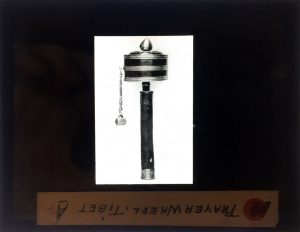
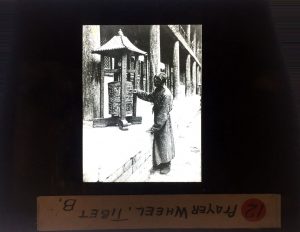
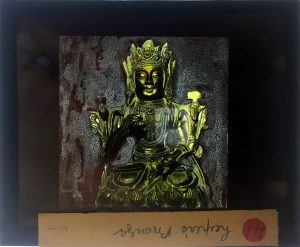
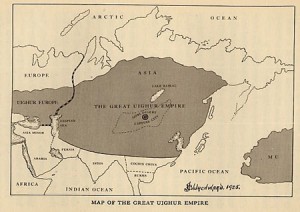

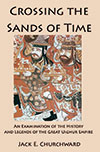
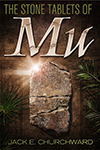
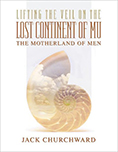



 RSS - Posts
RSS - Posts